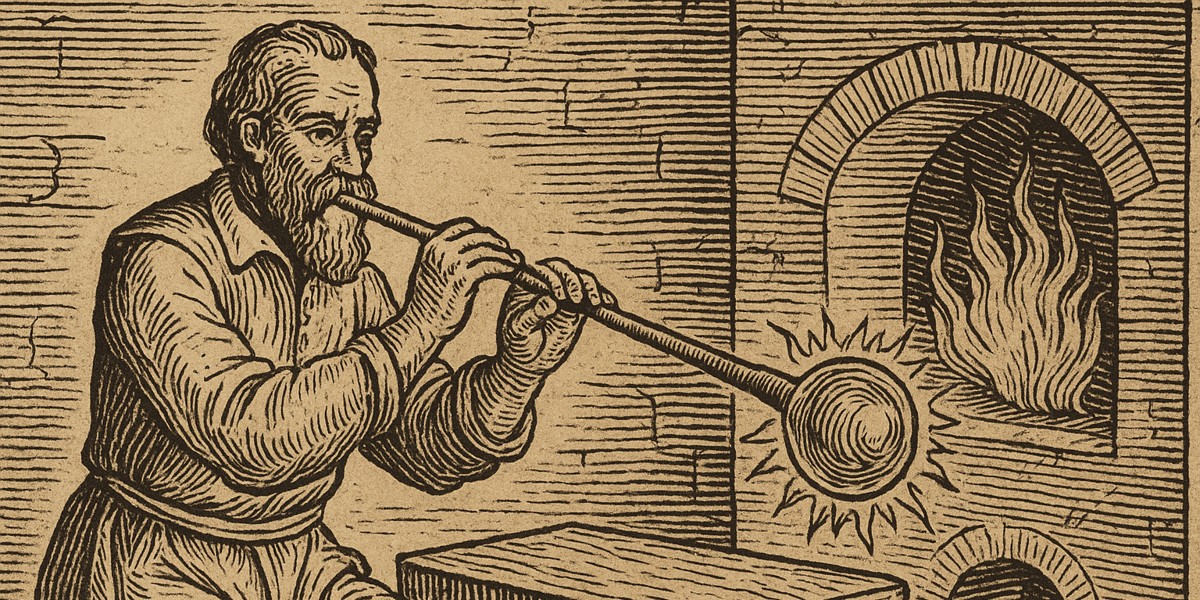Hand-blown glass has been produced in Stourbridge since the early 1600s. Yet today all that remains of the once prestigious Stourbridge glass industry are a few small, artisan workshops that create intricate works of art.
Production of glass peaked in the region in the early 1900s before declining widely due to foreign competition. By the end of the 1900s, many of the traditional glass manufacturers had closed, leaving just a few workshops creating specialist pieces of industrial glassware and pieces of art.
Some of the best in the world
Stourbridge attracted some of the most skilled craftsmen in the world to the region during its peak. With artisans from across Europe, including Huguenots and Venetians, who influenced glassblowing in the region heavily.
It’s not only Stourbridge
Hand-blown glass has seen a global decline in recent years, with industrial production of glass taking over almost completely in relation to drinkware and industrial appliances.
But hand-blown glass does still have its unique charm. Its seamless faces and thin rim make a glass of wine just that little bit more pleasurable. Unfortunately, in the modern era, these glasses are often confined to high-end establishments or condemned to the family glass cabinet to collect dust.
What can be done?
High energy costs and the requirement of skilled labour make hand-blown glass a dying trade. Little can be done to fire up the glass furnaces here in the West Midlands on the once grand scale.
However, the glass produced regionally remains some of the best decorative glass in the world, winning several awards. Supporting local artisans in this field is the best place to start to prevent this fragile trade from shattering once and for all.

